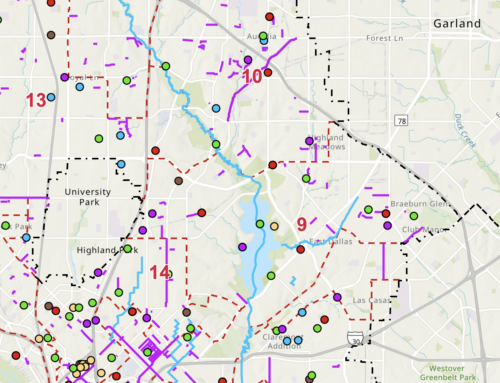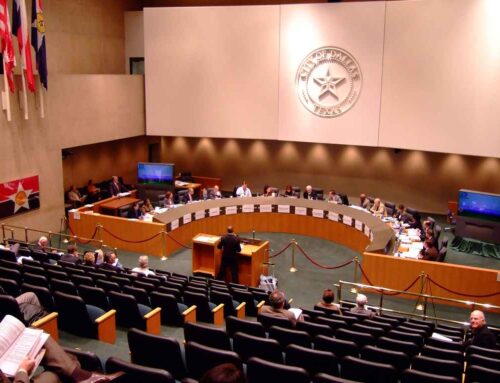The city’s non-emergency system isn’t inherently ill conceived — it’s the people behind it that make it that way
When I was researching this month’s story on “Dallas For Dummies,” I was struck — stunned, even — to discover that the Dallas 311 system is not just state of the art, but a model that other cities follow when they set up their own system.
Why my surprise? Perhaps it was my cranky, ex-newspaperman’s cynicism, which tends to look for a cloud in every silver lining. Perhaps it was my 22 years following Dallas city government, which has usually given me good reason to be cranky and cynical.
Or, perhaps, it was the realization that the 311 system demonstrates just how far city government has come since democracy came to Dallas in the 1980s — and, more importantly, how much further we have to go before we finally get there. That’s because the 311 system is a terrific idea, and when it works, it’s impressive. But when it doesn’t work, and that happens all too often, there doesn’t seem to be much accountability, only the usual hand-wringing and buck-passing that is sadly familiar to anyone who deals with the city.
Perhaps most importantly, it demonstrates that the only people who can make the system work — really work — are not the bureaucrats at city hall, whose goal is not always to run the city but to protect their jobs; and not the Council, too many of whom would just as soon sell off the government and retreat to gated subdivisions, shotguns at the ready.
The only people who can make the system work are us. This may sound resoundingly corny in this age of privatization and downsizing, and when the apparent goal of the federal government is to dismantle itself save for the ability to spy on us, but that doesn’t make it any less true.
Case in point: Call 311 if you see a pot hole larger than 3 feet by 3 feet, and someone from the appropriate department is supposed to respond immediately. Call for a smaller pothole — say 2-by-2 — and it can take up to 24 days to get it filled. Apparently, according to figures from the 311 system, the system works about 90 percent of the time for both big and not-so-big pot holes.
Which is my point. Who decides that 3 by 3 is significantly more dangerous than 2 by 2? Who decides that 24 days is an appropriate time to fix a non-dangerous pothole? What’s the thinking behind the decision? Ask the 311 people, and the answer is that it’s the appropriate city department. What it comes down to, as Star Trek’s Montgomery Scott once told Geordi La Forge, is exaggerating the problem just enough so that when you solve it, you seem like even more of a genius than you already are.
In other words, if I’m running pothole repair and I want to please the city manager and the budget whackers on the council, I’m not going to ask for enough money and staff to fix 2-by-2 pot holes in 14 days or change the definition of a non-dangerous pothole. Rather, I’m going to make do with the staff and money and definitions I have, and then add 10 percent or 20 percent or whatever to my response times. And then everyone wins. I look good, the city manager looks good, and the blowhards on the council will congratulate me for being lean and mean.
That the pot holes don’t get fixed in a timely manner is not always the point. The point is to bamboozle the taxpayers. It’s not that the 311 system doesn’t work. It’s that we let them get away with this stuff because we don’t care or we’re too cynical or we’re only focused on what they want us to focus on (like how much fat they’re trimming).
What we should be focusing on is accountability. We need to throw the bums out when they’re bums, when they do things like deciding 24 days is enough time to fix a pot hole the size of an SUV tire. After all, democracy isn’t complicated — no matter how much those we sometimes elect make it out to be.





